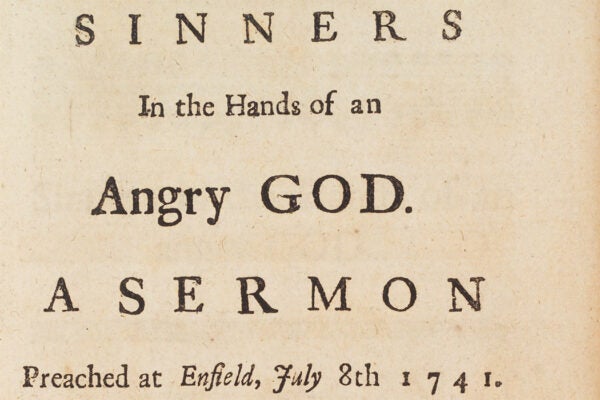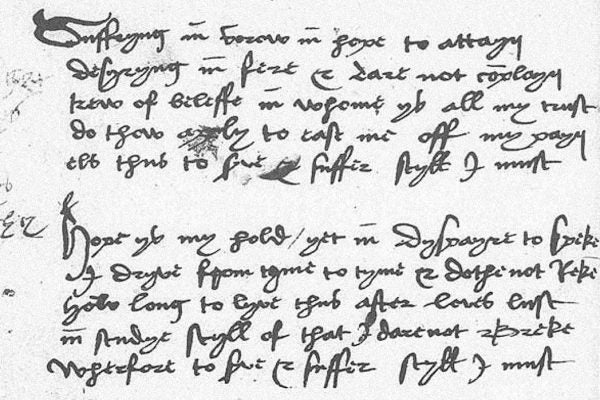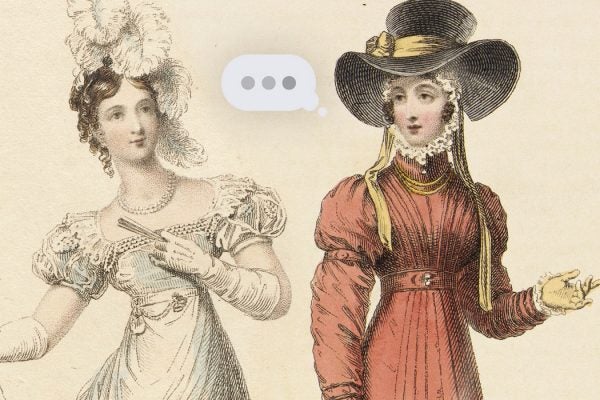Sylvia Plath’s Fascination with Bees
The social organization of the apiary gave Sylvia Plath a tool for examining her aesthetic self, even as her personal world slipped into disarray.
Sinners in the Hands of an Angry God: Annotated
Jonathan Edwards’s sermon reflects the complicated religious culture of eighteenth-century America, influenced not just by Calvinism, but Newtonian physics as well.
The Devonshire Manuscript
The sixteenth-century handwritten collection of poetry and commentary offers a glimpse of intellectual life at the court of King Henry VIII.
Is Jane Austen the Antidote to Social Media Overload?
Racking up likes and followers today resembles the nonstop friending of 19th-century England. But Austen's characters figured out how to disengage.
The Strange Case of Daniel Defoe’s Civet Scheme
In the 17th century, these animals were prized for their musk. So when the not-yet-famous writer Daniel Defoe needed quick cash, he turned to civets.
J. R. R. Tolkien the Philologist
Before The Hobbit, J. R. R. Tolkien was a philologist, a specialist in historical texts.





